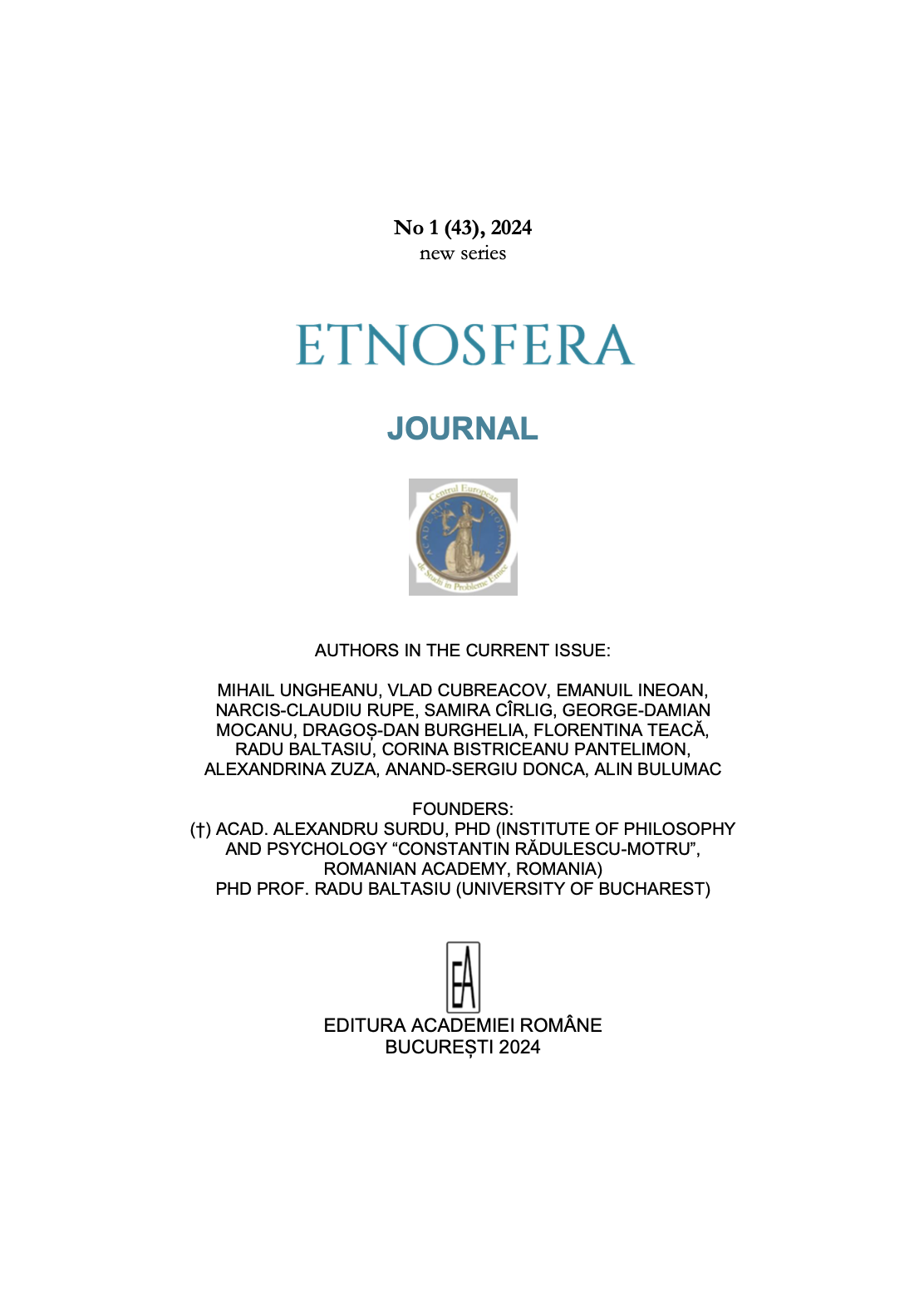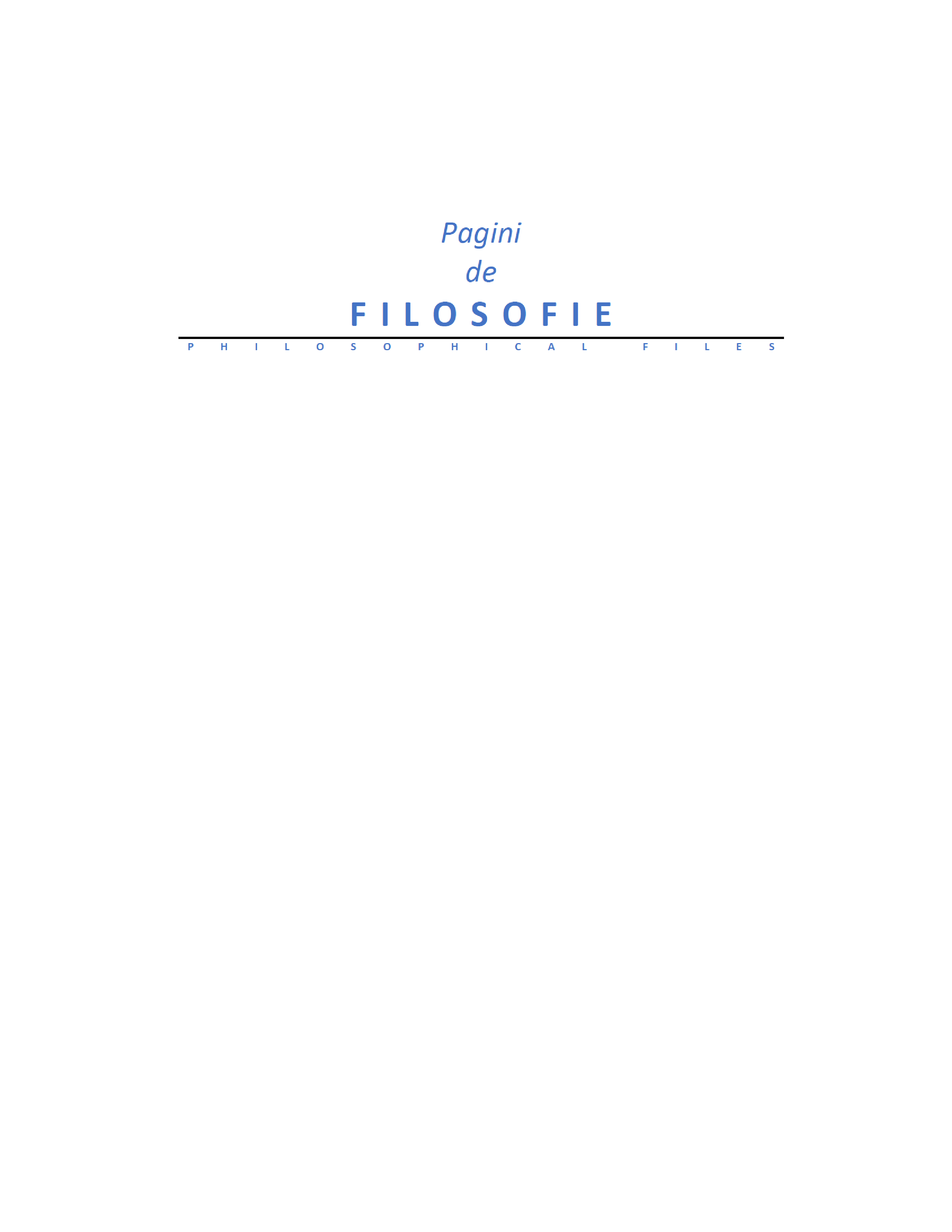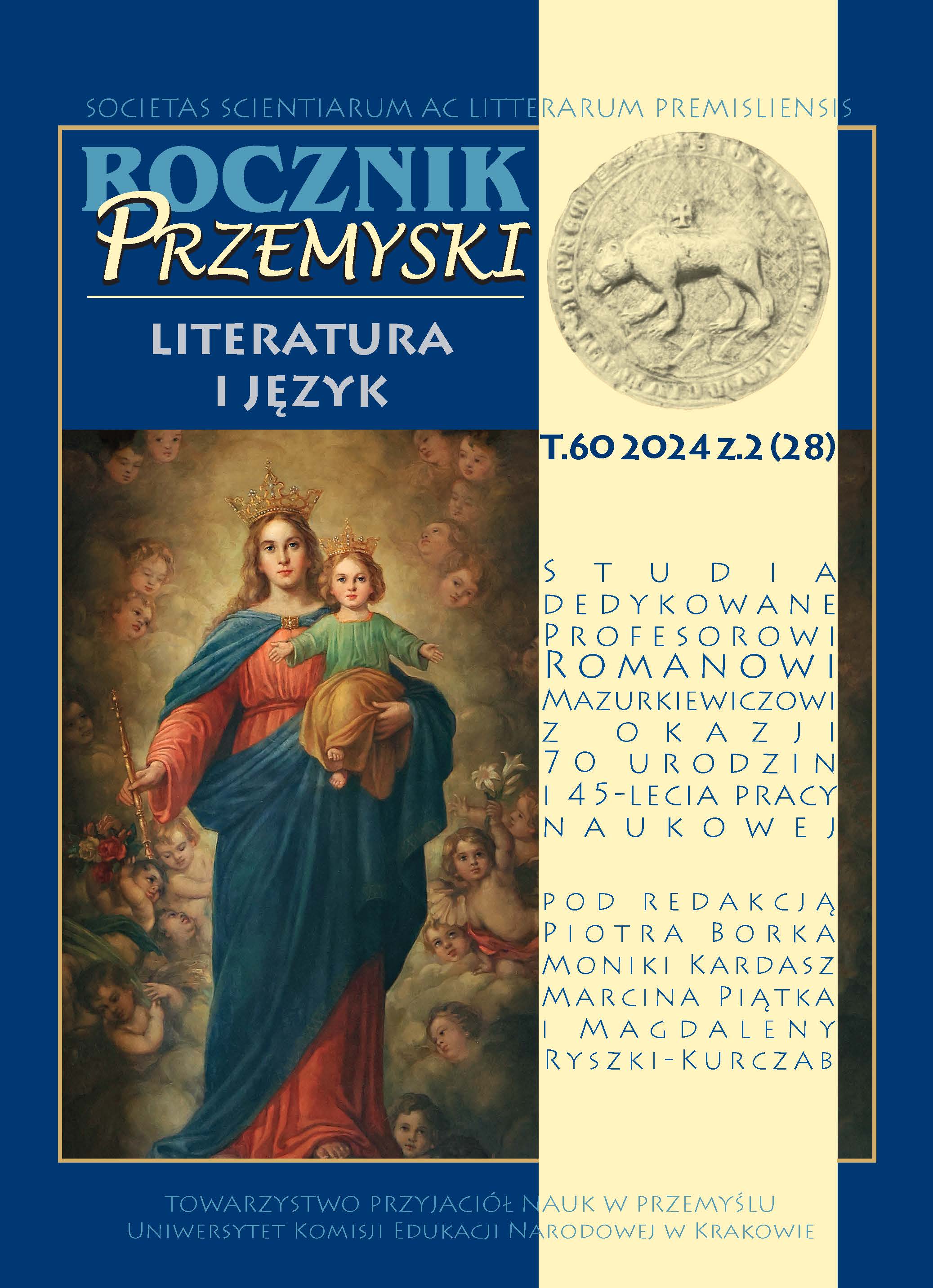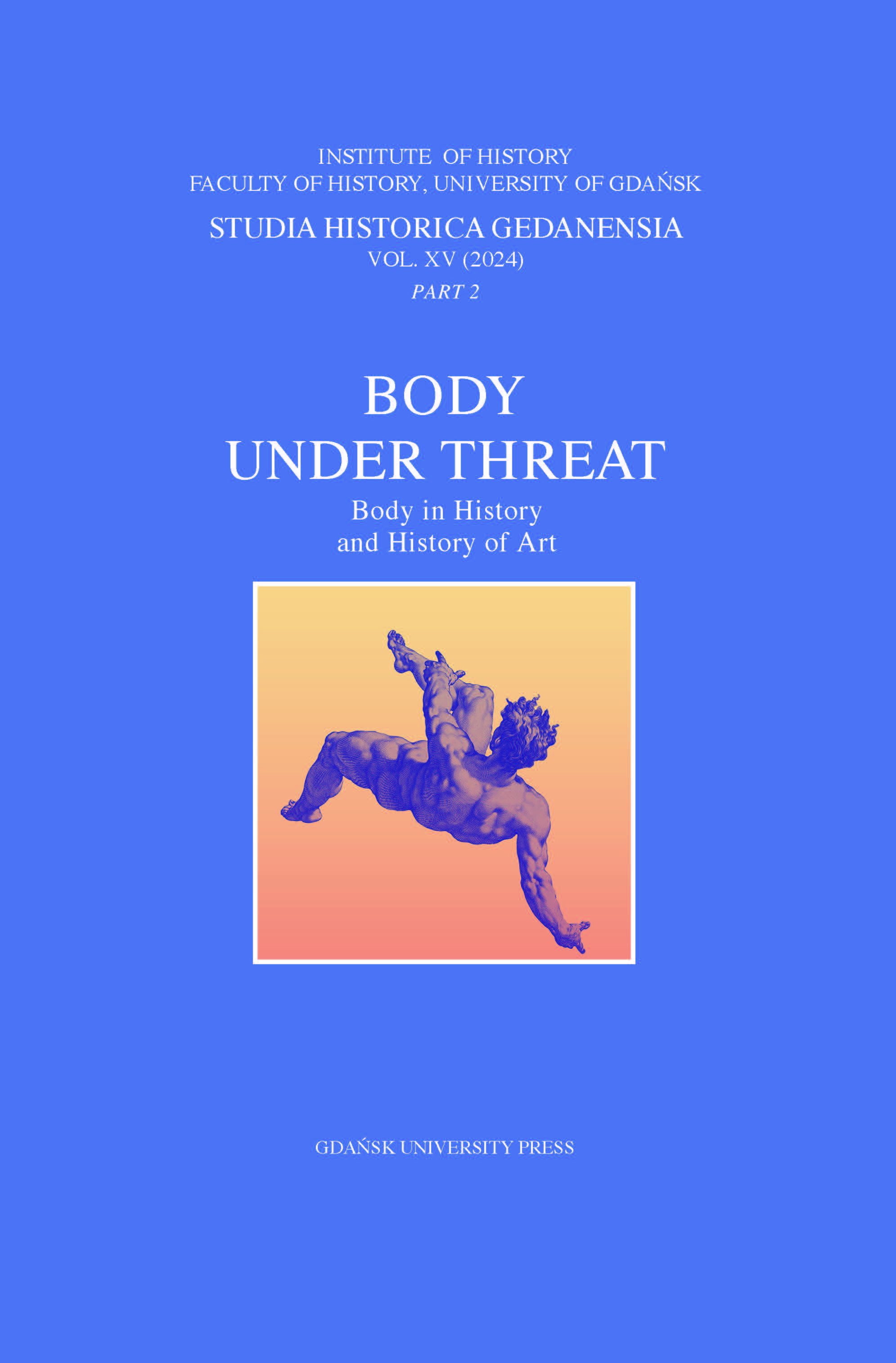
A POINT OF VIEW REGARDING FREEMASONRY, BASED ON A STUDY WRITTEN BY A CONTEMPORANY ORTHODOX BISHOP
This article explores the Orthodox perspective on Freemasonry, a secret organization that has been a source of controversy and debate for centuries. It examines the origins and development of Freemasonry, its quasi-religious aspects, and its historical and contemporary influence on society. The author argues that Freemasonry is a fundamentally anti-Christian organization that promotes a pantheistic-naturalistic worldview, undermines traditional morality and social order, and seeks to establish a globalist agenda. Drawing upon the writings of prominent Orthodox theologians, high members of Masonic lodges and historical figures, the article highlights the dangers of Freemasonry, as it fights against the ideas of nation and church and calls for a renewed awareness of its activities. The article concludes with a call for the Church to continue to expose the dangers of Masonic organisations and to encourage Christians to resist its influence.
More...


